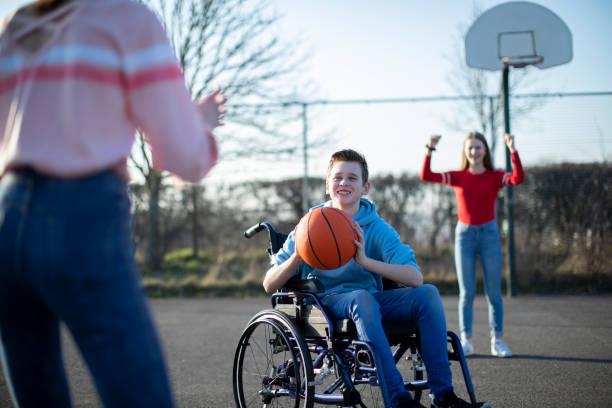Breaking Barriers: A Look into the World of Adapted Sports
Every athlete knows the thrill of competition, the excitement of a well-executed play, and the sense of accomplishment that comes with pushing one’s body to its limits. But for athletes with disabilities, participation in sports involves an extra layer of challenge and triumph. Adapted sports, a rapidly growing field, are rewriting the rules of the game to make athletic competition accessible and enjoyable for all.

Adapted sports, sometimes referred to as disabled sports or parasports, are sports played with modifications that accommodate athletes with physical, sensory, or intellectual disabilities. From wheelchair basketball to blind soccer, these sports are breaking down barriers and expanding our understanding of what it means to be an athlete.
A Brief History of Adapted Sports
The concept of adapted sports is not new. As far back as the 19th century, sports were being modified to accommodate individuals with disabilities. However, it wasn’t until after World War II, when many veterans returned home with injuries, that the movement really gained momentum.
The first official Paralympic Games, a major international multi-sport event involving athletes with a range of disabilities, were held in Rome in 1960. Since then, the Paralympics have grown exponentially, with thousands of athletes from around the world competing in a wide range of sports.
The Current Landscape of Adapted Sports
Today, adapted sports encompass a broad range of activities, from individual pursuits like swimming and athletics to team sports like wheelchair rugby and goalball. These sports are governed by international organizations that set rules and standards to ensure fair and inclusive competition.
More and more mainstream sports organizations are also recognizing the value of adapted sports. Many major leagues, like the NBA and NFL, have initiatives to support and promote adapted versions of their sports.
Training and Performance in Adapted Sports
Training for adapted sports involves unique challenges and considerations. Athletes must not only master the physical skills and strategies of their sport, but also learn to navigate the modifications that accommodate their disabilities.
Despite these challenges, the level of skill and performance in adapted sports is incredibly high. Many adapted sports athletes train just as hard, if not harder, than their non-disabled counterparts. They are elite athletes in their own right and their performances are a testament to their dedication, talent, and resilience.
The Impact and Future of Adapted Sports
The benefits of adapted sports extend beyond the playing field. Participation in sports can improve physical health, boost confidence, and foster social connections. For athletes with disabilities, these benefits can be even more significant.
Looking ahead, the future of adapted sports is bright. With growing recognition and support, more opportunities for participation are emerging. Advances in technology are also opening up new possibilities, with innovative equipment and aids enhancing accessibility and performance.
Adapted sports are changing the game, literally and figuratively. They are challenging our perceptions of what it means to be an athlete and demonstrating that sports are a realm where everyone can compete, achieve, and excel.




